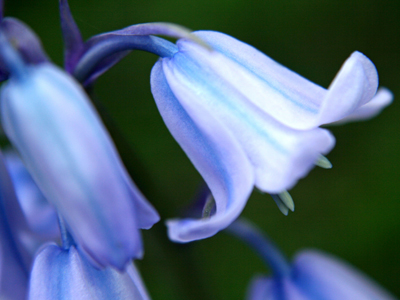All plants are made up of five parts. These include its root, its stem, the leaves, the flower and, finally, the seeds and/or fruits.
What is a plant? A plant is any living organism that synthesizes its food from inorganic substances. It is a multi-cellular organism and is a member of the Plantae Kingdom.
Each part of a plant plays a unique and vital role in the entire functioning of the plant.
Root System: The part of the plant that is typically found underground is the root system.
The root has several functions. First, it anchors the plant from being blown away from its position. Second, it stretches itself through the soil in search of water and nutrients and then transports the water and the nutrients to the stem.
The Stem: As the root transports water and nutrients to the stem, the stem absorbs those food items and then transports them to the leaves through two different forms of cells. These cells are the xylem cells, which moves up the water through the stem and out to the leaves, and the phloem cells which moves the nutrients through the same process. The stem’s other function is to support the upper part of the plant so that it can receive the proper amount of sunlight. The sunlight also provides nutrients to the plant.
The Leaves: Leaves have one sole purpose and that is to make more food for the plant through a process known as photosynthesis. As the leaves absorb sunlight, it affects the plant’s color (generally green). The leaves use the energy of the sun, carbon dioxide from the air and water from the soil to make glucose which is a sugar that the plant uses as food.
The Flower: The flower is the reproductive part of all plants. Flowers are either female, meaning they have what is called a pistil, or male, meaning they have a stamen. The stamen produces a substance known as pollen. In order for a plant to reproduce, the pollen must go from the stamen to the top of the pistil which is also called a stigma. We call this process – pollination.
The Fruit/Seed: The fruit is the ripened ovary of a plant. This part contains the seeds. Each seed within the fruit is a tiny plant embryo with its own leaf, stem and root parts. The fruits a plant bears can then be used as a food source for both man and animals.
POLLINATION: There are two kinds of pollination, i.e., self-pollination and cross-pollination.
Self-pollination is when the pollen is transported from the stamen to the pistil in the same plant.
Cross-pollination is when the pollen is transported from the stamen of one plant to the pistil/stigma of another plant. This can occur through the blowing of wind or through the help of bees that buzz around from one plant to another.
Once a plant has been pollinated, the flower, seed and/or fruit can then begin to grow. Without pollination, there would be no flowers or fruits so it is the most critical part of the plant life.








